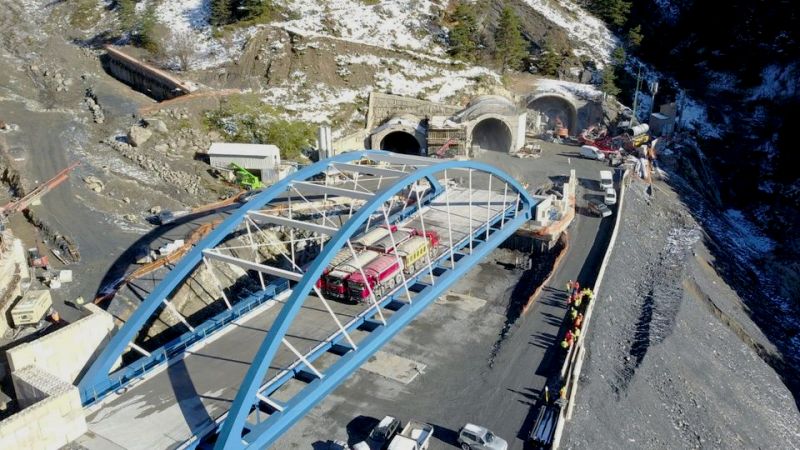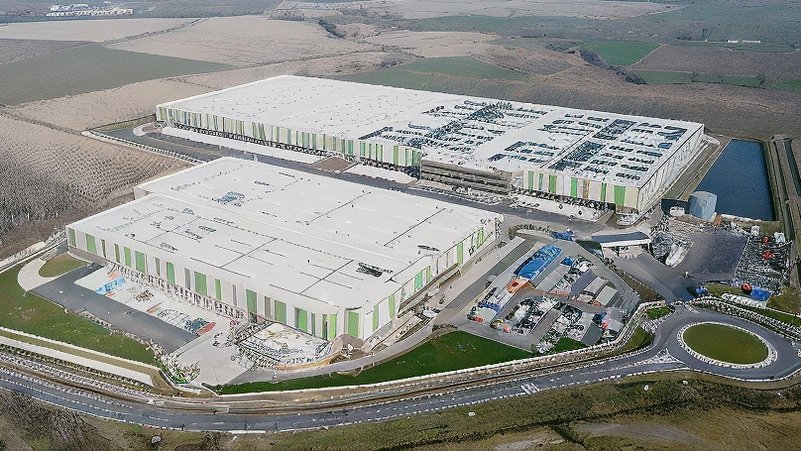The countdown has begun in Austria for the opening of the Koralm tunnel. It's now official: with the timetable change in December 2025, the new railway corridor featuring the 33-kilometer-long base tunnel, which runs beneath the Alpine barrier between Carinthia and Styria, will be open to traffic. This marks the completion of one of the largest infrastructure projects currently in advanced construction stages in Austria, initiated in 1998. Unlike other projects, it does not replace an existing historic railway but rather establishes a new east-west transit connection that will transform Austria's southern rail network.
The tunnel is the centerpiece of the Koralpe railway, a new 130-kilometer route that will directly connect Klagenfurt and Graz. This route is a crucial segment of the Baltic-Adriatic freight corridor, one of the priority axes of the Trans-European Network system, connecting Poland to the Adriatic with terminals at the ports of Trieste, Venice, Ravenna, Ancona, and Koper. By the end of 2025, with the full Koralmbahn completed and in operation, only one piece will remain—the Semmering base tunnel—to enhance and modernize the entire central Austrian corridor, a significant leap forward for freight transport with Eastern Europe.
According to current forecasts, it will take another five years to open the Semmering tunnel, which runs between Gloggnitz in Lower Austria and Mürzzuschlag in Styria. There too, a 27.3-kilometer-long base tunnel is under construction, which will replace the historic railway built in the mid-1800s by Italian engineer Carlo Ghega (who, for pragmatic reasons, preferred to be called Karl von Ghega). At the time, this line was considered a masterpiece of mountain railway engineering (now a UNESCO heritage site), but it has since become outdated and unsuitable for current traffic, particularly freight, due to steep gradients and tight curves, as well as tunnels that cannot accommodate large intermodal trains.
Returning to the Koralpe project, the excavation of the Koralm base tunnel began simultaneously from both the Carinthian and Styrian sides in 2011. Only upon the completion of this tunnel will the full route between Klagenfurt and Graz come to life, as a railway along this axis has never previously existed, unlike other regions such as Brenner, Gotthard, or Fréjus, where base tunnels provide a high-capacity, faster alternative to existing historic railways. Besides the base tunnel, the new Koralm railway also features numerous other structures, including over one hundred bridges and overpasses, as well as several smaller tunnels spanning a total of 17 kilometers—all of which are largely nearing completion.
Piermario Curti Sacchi



































































